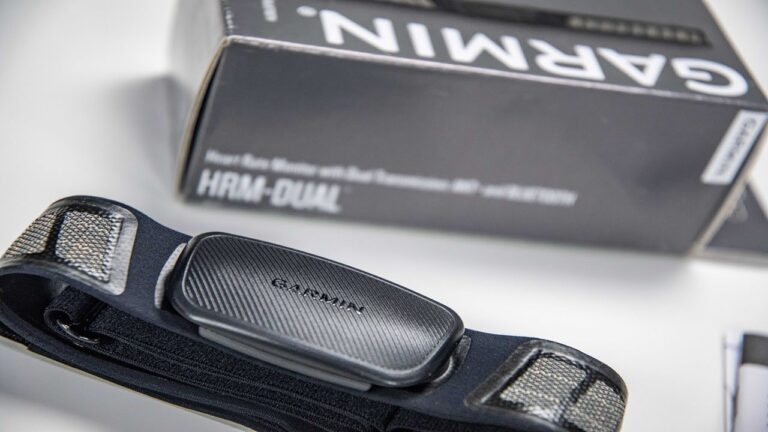Android XR: Xreal and Google Debut Aura AR Glasses
Google has joined forces with Xreal to launch Aura AR glasses powered by Android XR, marking a bold step in the extended reality space alongside Meta and Apple.

Summary
- Project Aura is the first AR glasses powered by Android XR.
- Xreal and Google aim to offer a lightweight, affordable alternative to Meta and Apple headsets.
- Powered by Qualcomm Snapdragon XR chips and integrated with Google’s Gemini AI.
Aura Glasses: Google’s AR Entry Point
At Google I/O 2025, Google and Chinese smart glasses maker Xreal revealed Project Aura — the first AR glasses to run on Google’s Android XR operating system. The goal? To bring Android’s app ecosystem to wearable tech and challenge competitors like Meta and Apple in the augmented reality space.
Android XR, first announced in December, is Google’s bet on XR (extended reality), designed to support everything from mixed-reality headsets to simple camera-equipped glasses. The new glasses integrate with Gemini AI, making real-world interactions smarter and hands-free.
Tech and Design Highlights
The Aura glasses will be “lightweight and optical-see-through,” running Android XR and supporting familiar Android apps. Powered by Qualcomm Snapdragon XR chips, they include a separate processing puck for heavy computing tasks. This puck keeps the glasses light and affordable — Xreal’s current devices range from $200 to $600, suggesting Aura could be competitively priced compared to Apple’s $3,500 Vision Pro.
Initially targeting developers, Aura will become consumer-ready by late 2025 or early 2026. Xreal says their goal is to deliver advanced, affordable AR hardware—while Google provides the OS backbone and Gemini’s smart assistant features.
Strategic Partnerships and Competitive Edge
Google is also collaborating with Samsung on Project Moohan, a high-end headset to rival Apple’s Vision Pro. But the partnership with Xreal is more about accessible, everyday AR eyewear. Xreal’s CEO, Chi Xu, claims Aura will rival Meta’s upcoming Artemis glasses, while being significantly more affordable and developer-friendly.
Google’s Android XR strategy mimics its success in the smartphone space—build an OS, partner with top hardware brands, and scale fast. Aura is the first step in building that ecosystem for the AR future.
What’s Next for Android XR?
With Android XR now supporting multiple devices — including Samsung’s Moohan and Xreal’s Aura — developers will be able to start building experiences that overlay real-world visuals with smart, interactive content. From productivity tools to immersive media, the platform has massive potential.
FAQs
Q: What is Android XR?
A: Android XR is Google’s operating system for augmented and extended reality devices, built to run AR/VR apps across various headsets and glasses.
Q: When will Aura glasses be available?
A: The Aura AR glasses are expected to launch for developers in 2025, with a consumer release by early 2026.
Q: How are they different from Meta and Apple headsets?
A: Aura glasses are lightweight, affordable, and focused on Android app integration, unlike bulky and costly headsets like Apple’s Vision Pro.






